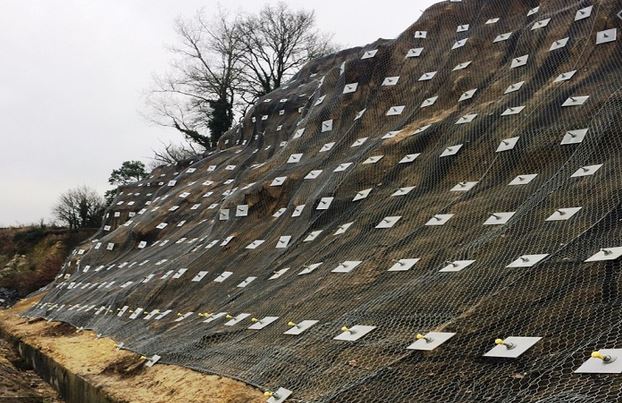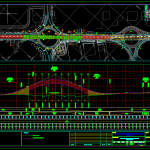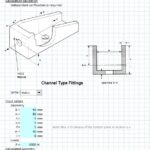
Soil Nail – Helping Combat Climate Change with Extraordinary Geotechnical Techniques
5 March 2021Table of Contents
Soil Nail – Helping Combat Climate Change with Extraordinary Geotechnical Techniques
Pollution caused global warming which threatens our climate, our Earth. There have been significant changes in the behavior of Earth’s top layer and climate.
The risks of climate change require swift and deep reductions in emissions of heat-trapping gases and investments to prepare for now unavoidable impacts. Geo engineering is just one measure to combat the daunting challenge of keeping the rise in global temperatures in check.

Geo engineering or Climate engineering is the intentional large-scale intervention in the Earth’s climate system to counter climate change. It includes techniques like removing CO2 from the atmosphere, and steps to rapidly cool the Earth by reflecting solar energy back to space.
Geotechnical Engineering is a part of geoengineering that involves the application of soil and rock mechanics as well as engineering geology to solve engineering problems. These are design of foundations, slopes, excavations, dams, tunnels and other Civil, Mining and Environmental engineering projects relating to the mechanical response of the ground, and the water within it. It deals with many types of infrastructure – tunnels, bridges, dams, buildings, roads, railways, ports and landfills – that are built on the ground.
Soil nailing and its advantages
Soil nailing implies using grouted, tension-resisting steel elements (nails) to reinforce in situ soils and creating a gravity retaining wall for permanent or temporary excavation support.
Common uses
- Stabilize slopes and landslides
- Support excavations
- Repair existing retaining walls
Advantages
- Equipment is small enough to use in areas with restricted access
- Often a more cost effective and faster solution for excavation support
- Can be installed from crane-suspended working platforms for existing steep slopes, such as bluffs or existing retaining walls
- Allows excavation to start at the same time as the shoring system is being installed








